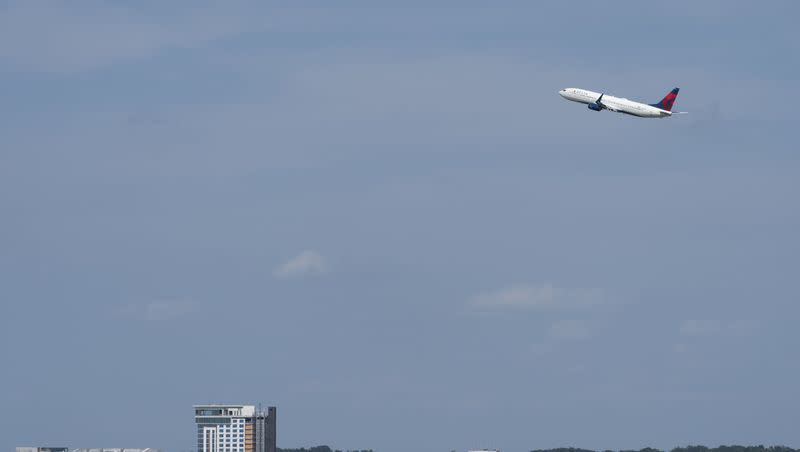11 people hospitalized after severe turbulence on Delta flight landing in Atlanta

Severe turbulence hit a Delta flight as it was about to land in Atlanta Tuesday, causing 11 people to be sent to the hospital.
Airbus A350 was flying from Milan, Italy, and hit intense turbulence 40 miles northeast of Atlanta’s Hartsfield-Jackson International Airport around 7 p.m., CBS News reported. There were 151 passengers on board and 14 crew members.
“Delta Care Team members are mobilizing to connect with customers on Delta Flight 175 that experienced severe turbulence before landing safely in Atlanta Tuesday,” a spokesperson told CNN.
What happened once the plane landed?
First responders greeted the plane when it arrived “to provide medical attention and transport the injured to a hospital,” according to NBC News.
“Our priority is taking care of our customers and crew who sustained injuries,” Delta told NBC News.
It’s not the first time severe turbulence has caused a scare for commercial airline passengers.
Estela Orts recorded footage of her plane flying back to the Spanish island of Mallorca from Alicante, and in the social media post, it captured passengers “screaming in terror as the aircraft they were traveling in encountered severe turbulence,” Fox Business reported.
In March, one person was killed on a jet traveling from New Hampshire to Virginia that was struck with severe turbulence, per CBS News. In another incident, around 20 passengers and crew members were injured due to turbulence on a flight from Frankfurt, Germany, to Mauritius.
What causes turbulence?
The cause for turbulence is defined as a “sudden, violent shift in airflow,” and it comes down to either four causes, according to The National Weather Service.
Mechanical turbulence: “Friction between the air and the ground, especially irregular terrain and man-made obstacles, causes eddies and therefore turbulence in the lower levels.”
Thermal (Convective) turbulence: This kind of turbulence can occur “on warm summer days when the sun heats the earth’s surface unevenly.” Some surfaces like barren ground or rocky areas heat up more rapidly than grass fields or water.
Frontal turbulence: “The lifting of the warm air by the sloping frontal surface and friction between the two opposing air masses produce turbulence in the frontal zone.” This typically happens when severe thunderstorms develop.
Wind shear: “The change in wind direction and/or wind speed over a specific horizontal or vertical distance.”

